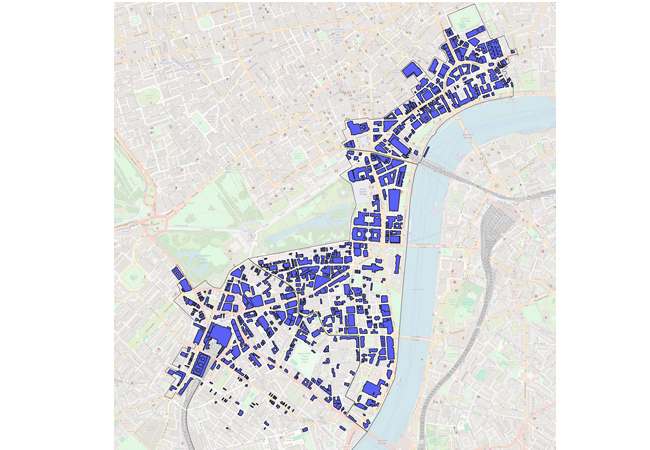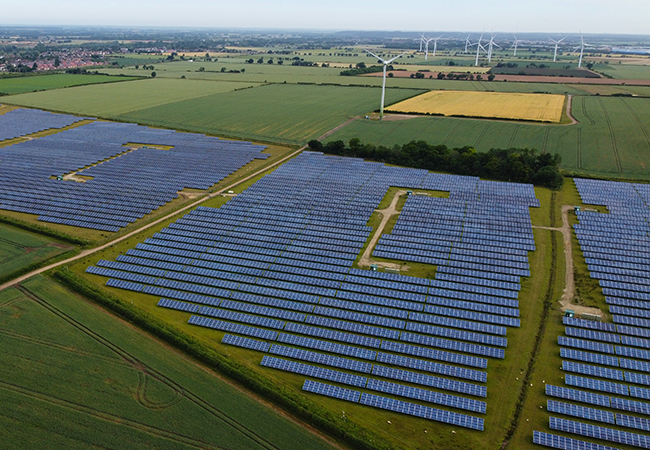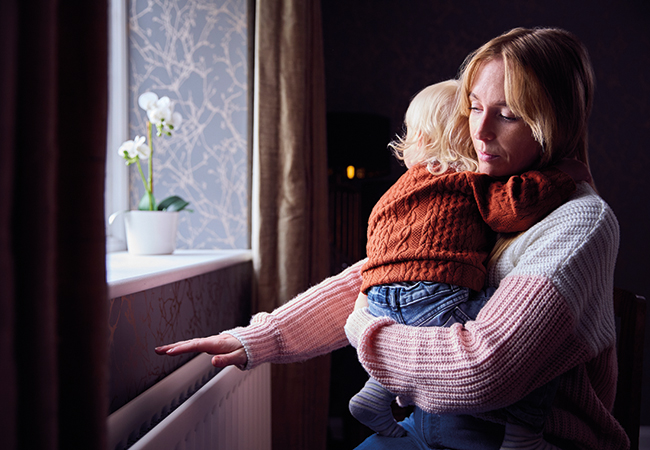Building managers should avoid recirculation, switch off thermal wheels, and maintain negative pressures in washrooms, if they are to minimise the risk of Covid-19 transmission.
This is the advice in a new draft Guidance Document aimed at preventing Covid-19 from being transmitted through HVAC systems. Published by the Federation of European Heating Ventilation and Air Conditioning Associations (REHVA), it comes after a review of academic papers on the transmission of infectious diseases.
While the predominant means of transmission is through respiratory droplets of more than 10 microns, the document says, the virus can also be transmitted through the air when small particles (less than 5 microns) form from the evaporation of droplets.
It adds that there is not yet direct evidence of airborne transmission of Covid-19, but based on research of the similar SARS coronavirus outbreak in 2003-04, the guidance says infection could be airborne.
It recommends supplying as much air to buildings as possible, by opening windows and expanding operation times of HVAC. Exhaust ventilation systems of toilets should be left on, and negative pressure must be maintained in toilets to avoid faecal-oral transmission.
In heat-recovery systems, the guidance recommends turning off thermal wheels during Covid-19 episodes because of the possibility of particles being resuspended.
It also says that humidification has no practical impact on the virus; Covid-19 is resistant to environmental changes and is susceptible only for a very high relative humidity (RH) above 80% and a temperature above 30°C.
This is contrary to experts such as Dr Stephanie Taylor, who are advocating a 40-60% RH range.
The guidance recommends avoiding central recirculation and advises that decentralised systems – such as fan coil units using local circulation – should be turned off, or cleaned regularly, to avoid resuspension of particles.




